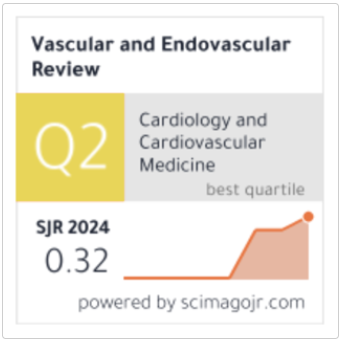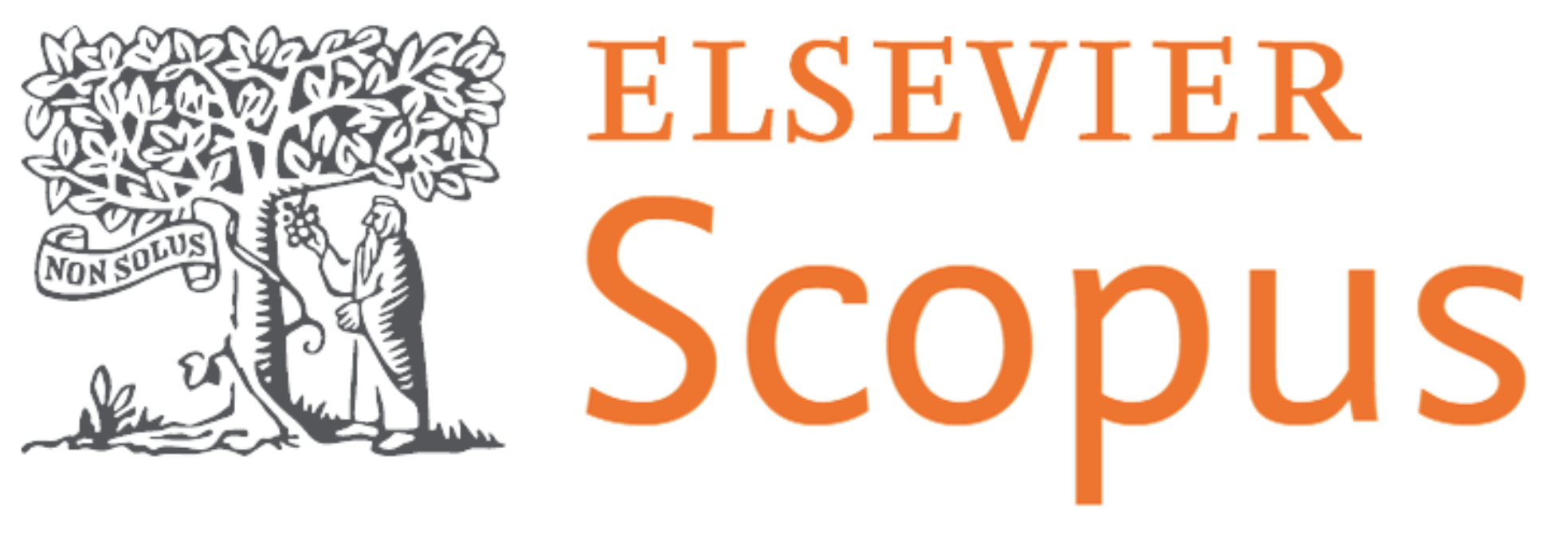A Brief Survey of State-of-the Art Deep Learning Algorithms for Region of Interest Segmentation in Dermoscopic Images
Keywords:
Image Processing, Dermoscopic Images of Skin Lesion, Lesion Region of Interest, Pre-processing, Traditional and Improved Segmentation, Deep LearningAbstract
Improving the quantitative analysis of automatic skin cancer detection at early stages relies heavily on skin lesion-region segmentation from dermatology images. However, because of the vast variation of melanoma and uncertain boundaries of the lesion, the automatic segmentation of extract lesion is quite difficult. Visual inspection of skin lesion images for the purpose of diagnosing skin cancer has proven to be a laborious process. It is a painstaking and time-consuming to manually examine skin lesions for the presence of melanoma. Medical imaging evaluation and in particular skin lesion image evaluation, has benefited from the proliferation of deep learning models and other machine learning approaches made possible by the exponential growth in computational capability in recent few years. Although these models have shown remarkable results, there are still obstacles to overcome when using these methods to analyze skin lesion images because of the special and intricate nature of these images. This study provides an exhaustive review of methods for segmentation of skin lesion from dermoscopic images for cancer analysis, in order to help researchers create effective models that can detect melanoma from skin lesion images automatically and effectively. This work aims to offer an up-to-date survey related to the region of interest (ROI) segmentation. In this paper firstly we discuss the existing work related to the lesion ROI detection, and then move towards the dermoscopic image analysis techniques like pre-processing, ROI segmentation and their applications. We have also performed a comparative analysis of results based on the parameters for evaluation, that helps to identify the best approach for diagnosis and their limitations. We conclude by investigating and evaluating the efficacy of the cutting-edge approaches used in the well-attended ISBI, PH2, ISIC 2018 and 2019 skin lesion image analysis contests and challenges.








